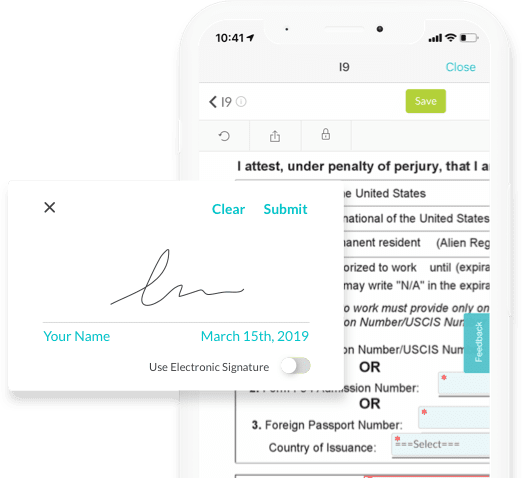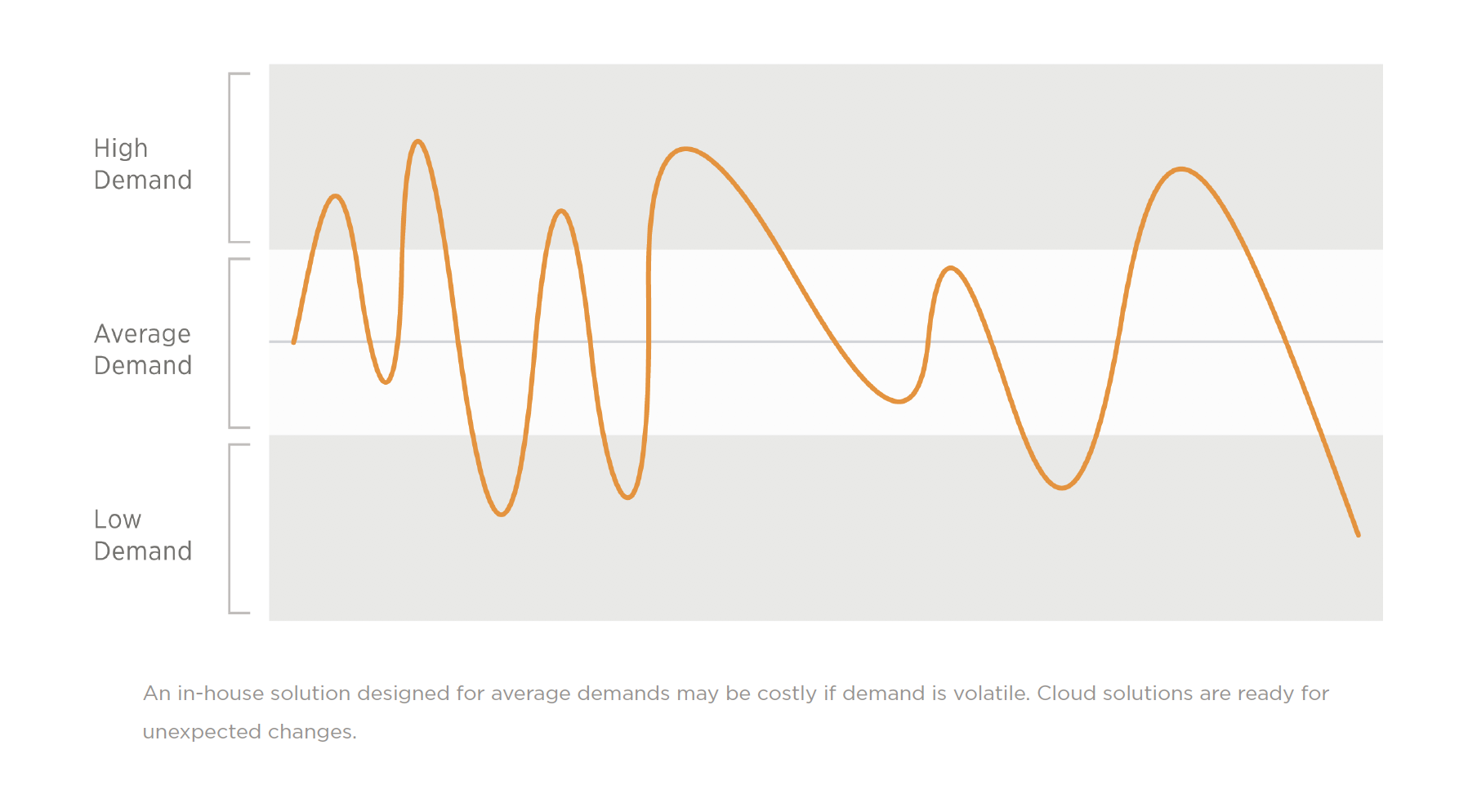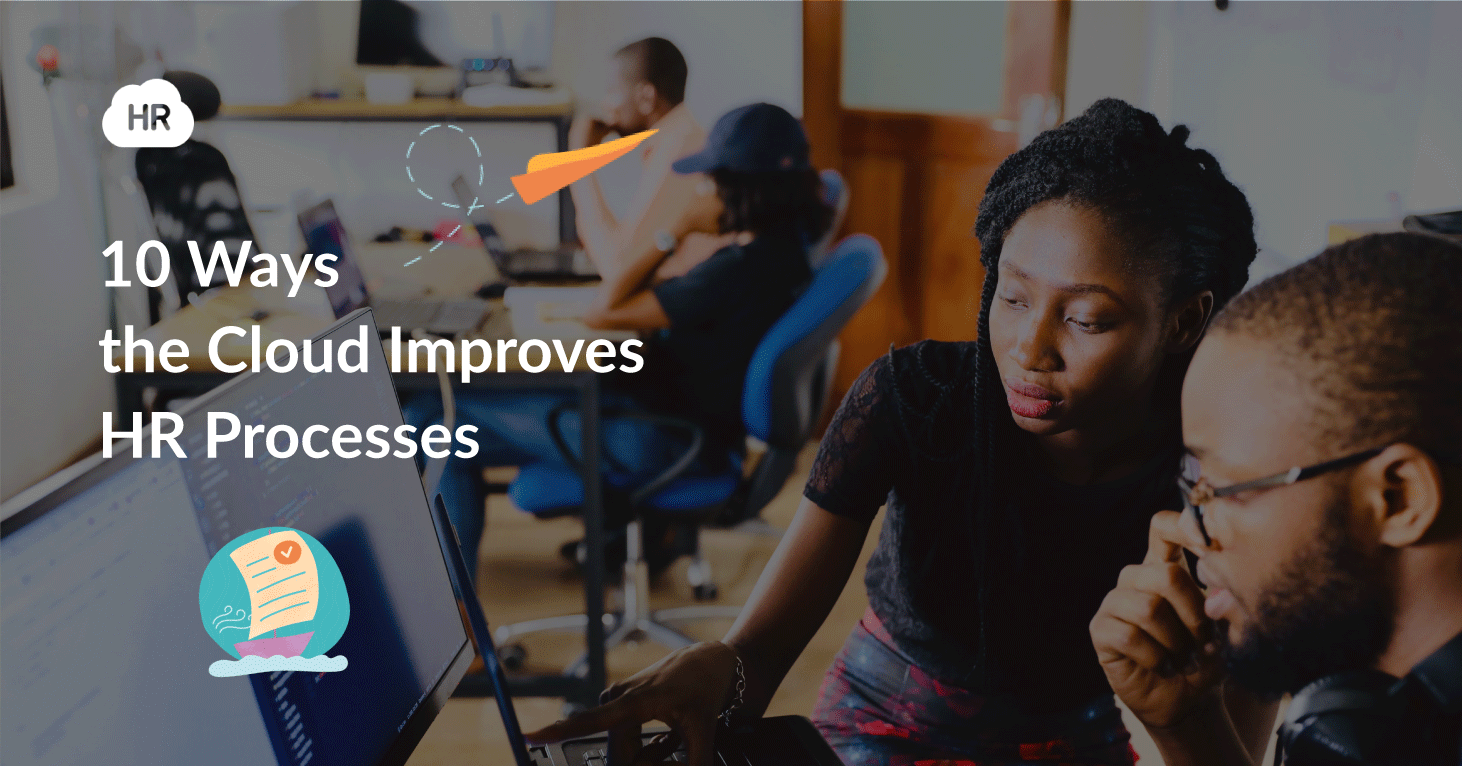What is the cloud?
If you are using “the cloud” it simply means your programs and data are on a vendor’s servers, not your own. The advantage is that you no longer have to manage the technology yourself. Another advantage is that the vendor has economies of scale. The vendor may have dozens, hundreds, or in the case of Gmail, millions of clients sharing the service.
The cloud is here and that is a good thing for HR professionals
The difficulty is that it forces HR to wade into a new technology—and that takes time. This blog helps HR quickly get on track by exploring 10 reasons that are driving the decision to move HR processes onto the cloud.
This blog can be used in three ways:
- Identify what matters most. Usually business decisions are driven by one or two issues that override other considerations. There may be a long list of relevant pros and cons, however the first step is to identify the few factors that are likely to tip the balance.
- Use the list for due diligence. HR needs to have a fact-based opinion on each of the ten items on this list. HR has to be sure there are no issues that could derail a project.
- As an educational guideline. The list points to many of the issues relevant to cloud-based HR; use it as a guide for exploring the topic.
For convenience, we break down this top ten list into three categories:
- Valued-added reasons
- Financial reasons
- Risk mitigation reasons
Now, let us dive into the details.
HR Analyst of Osmose Utilities Services, Inc
“Our hiring managers now have a reliable system that is easy to navigate. Our HR team can actively monitor the process, and assist if needed, but Onboard has helped them save so much valuable time and effort while increasing data accuracy. All of this has helped us improve compliance and gives us a powerful tool to achieve even more results in the future.”
The Value-added Reasons
While cost and risk are important, the most exciting reason to move HR processes to the cloud is that it will make HR work better. Here are three value-added reasons HR may want to embrace the cloud.
-
It might be the only way a process will be automated. In the real world of limited time and constrained budgets, the choice might be between a cloud-based solution and no solution at all. Cloud-based solutions can be implemented quickly with little IT support. If the reality is that an in-house solution simply will not happen then do not beat around the bush; make the case that a solution is needed, and let the cloud get you there.
-
Because it supports the employment brand. The sizzle of cloud-based solutions is that they have the look, functionality, and mobile-accessibility that employees (and their managers) have come to expect. People are impressed when an organization has the latest tools and disappointed if tools feel out-of-date. A sizzling employment brand may not be the primary reason to go to the cloud, however it can be a powerful supporting argument.
-
Improved ability to measure. In the past, organizations would launch a process and hope it improved outcomes, now there are constant demands to measure those outcomes. Any move from a manual to an automated system should improve reporting, and in this realm, cloud-based software has good measurement, analytics and reporting baked-in. That improved ability to measure can seal the deal for a cloud-based application.
-
Universal access. We are in an era where employees expect to be able to access tools from home and mobile devices; cloud infrastructure solutions typically have this capability. This is dramatically illustrated in cloud-based onboarding solutions where new employees can begin the onboarding process before they ever set foot in the office. And lest we think onboarding is merely a nice-to-have, recall that “research on new employee onboarding shows that when onboarding is done correctly, it leads to: higher job satisfaction; organizational commitment; lower turnover; higher performance levels; career effectiveness; and lowered stress”

What is software as a service?
Software as a Service (SaaS) is another way of framing the move from in-house computers to vendor run computers. SaaS stresses that instead of buying software (which one might imagine being delivered in a box) one instead buys an ongoing service. If it is SaaS, then it is on the cloud.
The Financial Reasons
-
Delivers value to the top line. Cloud-based HR processes create value for the company, and that value needs to be near the top of any list of reasons for moving to the cloud. For example, if the process is performance management, the value may be freeing up managers’ time so they have a better chance of hitting their targets. If the process is onboarding then it may be reducing turnover that is affecting customer satisfaction. Where a cloud-based HR process can support outcomes the business cares about, such as manager’s targets and customer satisfaction, then that reason is as important, probably more important than the cost savings.
-
Saves money that lands on the bottom line. Cloud-based computing has some inherent efficiencies over in-house computing and those often translate to less expensive solutions. The main efficiency comes from the fact that many different companies are in effect sharing the software vendor’s infrastructure and those savings are passed back to the customer. Cloud solutions can be cheaper, especially for small and mid-sized companies.
-
Cheaper in volatile times. While we often focus on the total cost for serving the current employee population, what often has the biggest impact on costs is volatility. For example, at one time, people promoted the value of recruitment process outsourcing on the basis of lower cost per hire. However, organizations eventually learned that the big cost savings came in times of volatility: in busy times they would have too few recruiters, in slow times far too many. Outsourcing solved that problem. Similarly, cloud-based solutions are often “pay by use” so a company can scale up and down as needed. Particularly, for areas like onboarding and recruitment tool, this can be the telling factor. If HR shows this kind of financial sophistication by assessing the total cost of ownership under different scenarios, it will go a long way to winning the backing of the CFO.

The Risk Mitigation Reasons
-
Will not break. It is common to hear the term “scalability” when people mention cloud solutions; it means the same solution will work even if the number of employees being served increases dramatically. However, rather than lean on the technical term, think of the benefit of cloud-computing being that it will not break if demands increases. It is embarrassing and expensive to implement a solution and find that by the time it is in place the company has outgrown it. Cloud solutions mitigate that risk. Furthermore, due to their overall scale, cloud solutions are often more fault tolerant and have better disaster recovery than in-house solutions.
-
It will not become out of date. After the excitement of implementing new software comes the tedious effort to keep it up to date. In fact, the vast majority of IT resources are devoted to simply maintaining existing systems. The risk for any in-house system is that IT will not have the resources to apply updates, and the system will fall behind. Cloud-based solutions are updated centrally and do not require in-house IT resources. This is especially important for any solutions that need to be kept up to date on regulations.
-
Because organizations need a foot in the future. Organizations take a risk if they lag too far behind in new technologies. Given how fast the world is moving to cloud-based technologies, it makes sense to ‘put a foot in the future’ and get HR process up to the cloud.
Ten items does not exhaust the list of factors to consider. HR needs to check-off factors like performance, customization, and data integration. However, in all the factors, cloud-based services are typically as good as or better than alternatives. The one area where using the cloud may be trickier than in-house is regulatory compliance on “data residency”—the cloud may not care about where in the world a byte of data is stored but some regulators do. HR needs to understand the relevant local regulations, especially if some employees are based in Europe.
How to move forward
The challenge for HR is doing a thorough review of options and doing that analysis in the available ‘free’ time. The trick is knowing what to focus on. Some factors are about the value-add, some about the financials, and some are risk mitigation issues. Use this top 10 list to guide your thinking on whether it makes sense to move your HR processes to the cloud. Whatever you do now, recognize that technology is increasingly important to HR and that the time you invest in understanding cloud-based solutions will pay off.
About Author: David Creelman is CEO of Creelman Research. He does research and writing on the critical issues in human capital management. His clients include think tanks, consultants, academics and organizations in Canada, Japan, the US, the Middle East and the EU. In 2013 he won the Walker Award for his work with Andrew Lambert on Boards and HR.
Keep Reading
Balancing Technology and the Human Touch in Employee Engagement
Companies are taking employee engagement very seriously because it is one of the ways of
Building Strong Teams: The Power of Team Bonding Exercises
Never overestimate the power of collaboration as a core element of effective team




